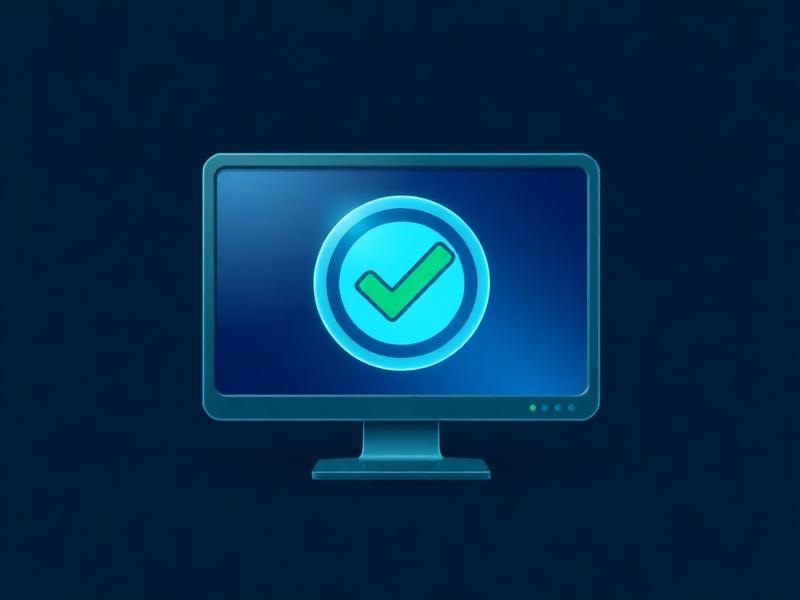Slow Boot After Update Windows on Microsoft Surface Laptop - causes, fixes, and prevention
Overview - what this guide covers
We’ll show how to clean update caches, trim new startups, and keep boot time fast with PC-Care.ai.
Symptoms you might see
- Login slow after cumulative update
- Desktop icons take long to appear
- Security scanning at boot
- Disk spikes after update
Large update caches and new scheduled tasks delay boot. Security scanning and indexing also spike disk usage. Desktop load delays point to shell extension changes.
Manual fixes - step by step
- Run Disk Cleanup - Windows Update files
- Disable unnecessary startup tasks
- Pause OneDrive until system settles
- Update drivers for storage and chipset
- Turn on Fast Startup
- Run PC-Care.ai to automate cleanup
Disk Cleanup removes gigabytes of leftover files. Disabling unneeded startups stops new background tasks. Driver updates ensure faster initialization. Fast Startup caches kernel state for quicker cold boot.
Prevention - keep the issue from coming back
Run PC-Care.ai after every big Windows update to trim caches
Review Task Manager - Startup to keep new entries in check
How PC-Care.ai helps
PC-Care.ai cleans update caches, trims startup tasks, and restores boot speed after Patch Tuesday.
The scan also monitors for new heavy startups added by updates.
Run Free AI ScanFAQ
- Why does boot slow after update?
- Because update packages and new startup tasks accumulate.
- Can I delete Windows.old?
- Yes via Disk Cleanup after confirming system stable.
- Do driver updates help?
- Yes - storage and chipset updates cut initialization time.
- Is Fast Startup safe?
- Usually yes - speeds cold boot on laptops.
- Can PC-Care.ai help automatically?
- Yes - with one click after update to trim caches and reset startups.
- Does this apply to Windows 11?
- Yes - similar results.
References - further reading
- Disk Cleanup Windows Update
- support.microsoft.com/help/4026616
- Manage startup apps
- support.microsoft.com/help/4026268
